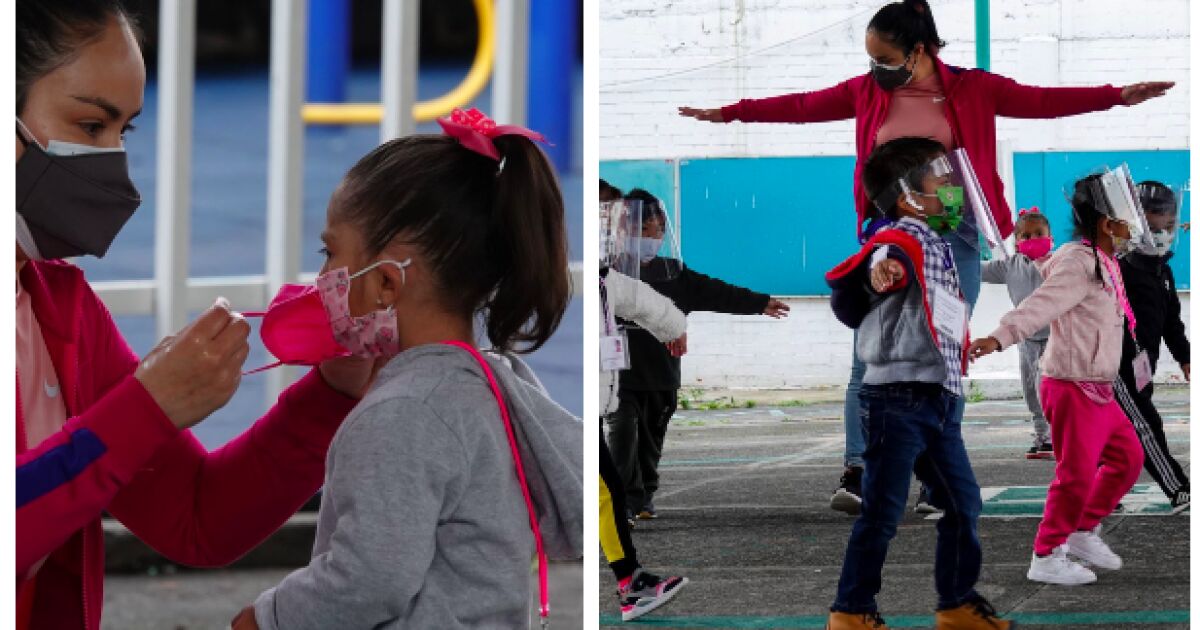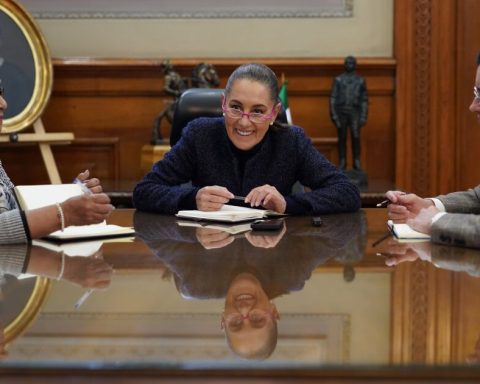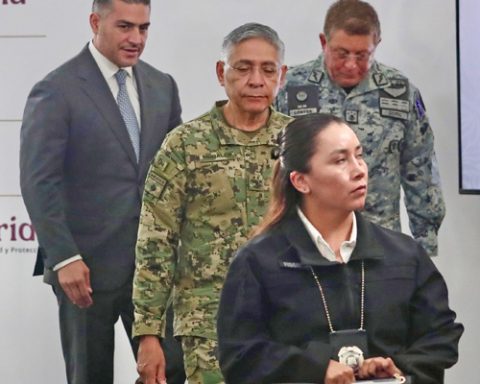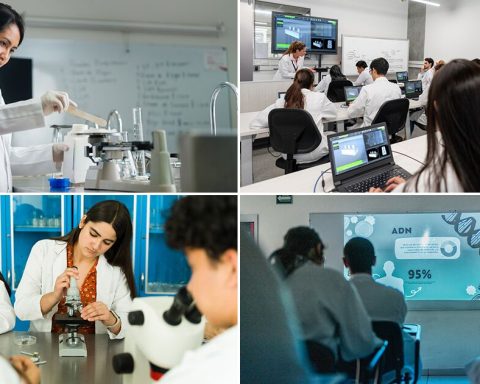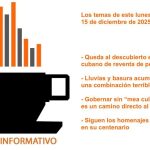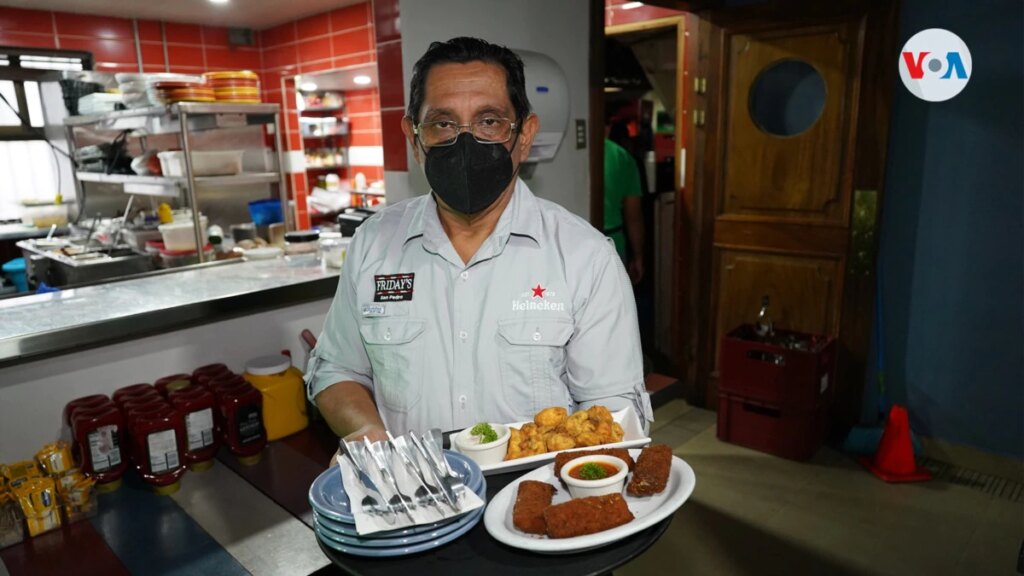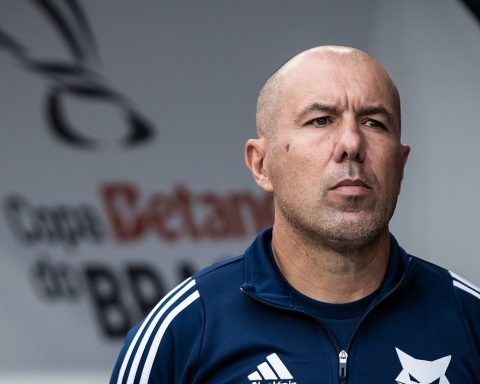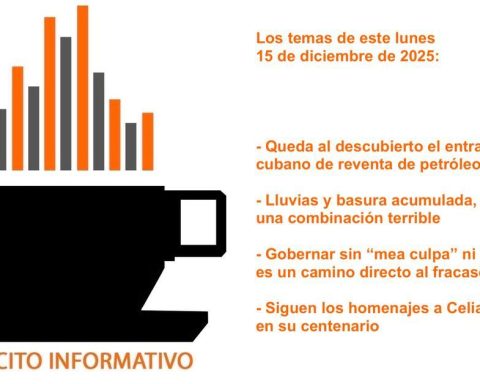How to recover absent students?
In June 2020, after the health emergency was declared and when the 2019-2020 school year had already concluded, the then head of the SEP, Esteban Moctezuma Barragán, stated that there would be no mass abandonment of students, and that if he were the case, he argued, the federal educational authority would intervene.
“No girl, boy, adolescent or young person will leave the National Educational System without the authority doing everything possible to support them and to attend to the causes,” declared Esteban Moctezuma.
Until now, with 406,439 students who stopped attending preschool, the SEP has not presented a strategy to recover enrollment at the basic levels.
In the kindergarten where Rita works, group members, teachers and educational authorities have taken on the task, albeit unsuccessfully, of personally looking for the parents of the students who have stopped attending school.
“In April, before the Easter holidays, we personally went to the homes of the absent students, leaving messages that we had gone to look for them and that they please communicate by any means, but we did not get a response,” says Rita.
The teacher has a student on the discharge list, but he does not attend and they have not been able to communicate with his mother. It will be until the last evaluation period that the state government gives them indications of what will happen to those absent children.
In terms of learning, the educational authority has not done much either. On the contrary, for the 2021-2022 school year, it maintained the Learn at Home program, which failed to reach all students and there is no evidence of its effectiveness in learning, according to a report of the National Council for the Evaluation of Social Development Policy (Coneval, 2021).
For this reason, and faced with a possible delay, Daniela De León implemented her own strategy: every week she taught a distance class and the rest of the days she sent activities that the children could do via WhatsApp. Later, through audio or video, she sent the feedback.
“Most of the students did not have the resources to connect. There were many cases that did not attend distance classes or that it was difficult for them to connect, because it is a community with few resources, so many connected with mobile data and not all of them had that chance.
